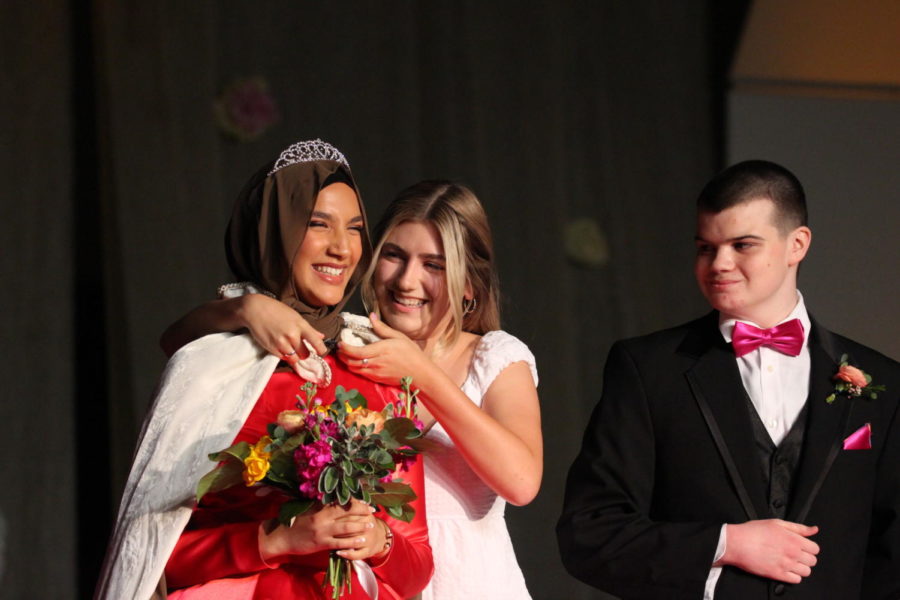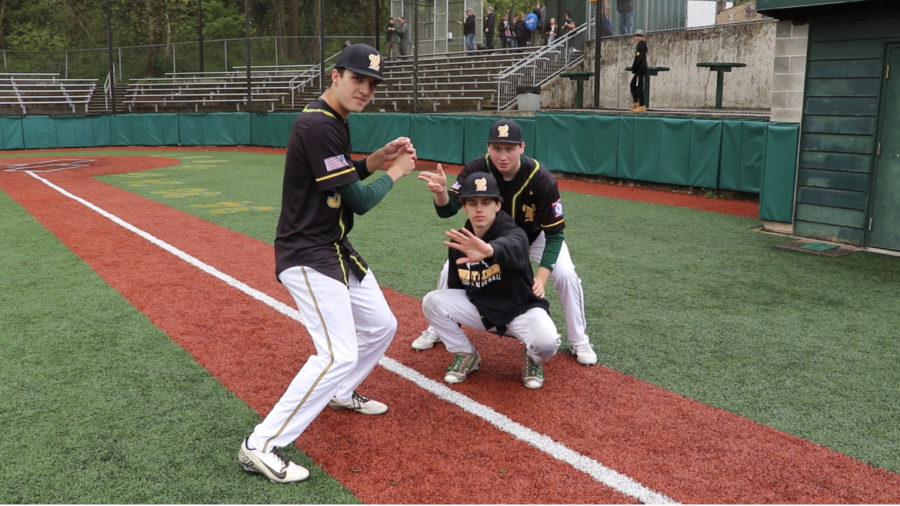Your 2013 May Court:
Princess Sophie Bangs
Princess Mary Earp
Princess Dominique Evans
Princess Sarah Gibson
Princess Elisabeth Haffner
Princess Leah Henningsen
Princess Paige Myers
Princess Emmalee Scheid
Princess Abigail Tudorache
Princess Lauren Wilkinson
Prince Drew Cribbs
Prince Drew Crowther
Prince Connor Cushman
Prince Alec Gans
Prince Brett Kruger
Prince Joel Larson
Prince Cameron Minson
Prince K’myn Pettitt-Delia
Prince Adam Roethe
Prince Brad Stone
A tradition at WLHS for over 80 years, the May Day Court, or May Court, is a way for seniors to make their final year of high school even more exciting. In my previous three years at WLHS I’ve never really given the May Court much credence, seeing it only as a popularity contest that gives those who love the limelight yet another chance to bask in it. But after my time as a judge for the application process for May Court, I see that I was only seeing one tiny piece of what May Court is as a whole.
When the time for May Court applications came around this year my opinion was the same as it had always been, even though I knew the people applying for May Court much better, I still disparaged it as a gross popularity contest. So I surprised even myself when I took the opportunity to judge the first half of the May Court election process.
The way that the May Court election process works is the applicants submit a packet that includes a cover page, recommendations and a personal essay. The packets are then given a score out of 10 in the categories Cover, Service to the community/school, Character and Academic commitment/performance. These packets account for 25 percent of the applicants’ overall score.
The group that I reviewed these applications with was made up of a handful of junior girls and a handful of adult women, with three adults and three students reviewing each application. This part of the process was taken very seriously; there was very little talking, and everyone reviewing the applications seemed to put a lot of thought into their scoring.
This serious attitude was reflected in the quality of the applications. I have to admit that I was surprised at how much effort was put into each part of the applications. Many of the covers were quite aesthetically pleasing and showed that a lot of time had been spent on them. The essays demonstrated the same thought and time commitment.
After about two solid hours of grading applications, we had gone through all 30 female applicants and all ten male applicants and we were ready to go home.
The next day it was time for the oral presentations. In this part of the process, three adult and three student judges (including me) judge the applicants based on Content, Delivery and Appearance. These presentations account for another 25% of the overall score.
The oral presentations were even more impressive than the application packets. The vast majority of the applicants looked polished and delivered heartfelt and well planned speeches with fantastic poise. It was really a great experience to hear a part of these peoples’ stories, and I felt that I had greater respect for all of them after the experience.
After seeing all the presentations, and having the difficult task of grading them, our part of the process was over. The other 50 percent of the scoring is based on the whole school’s vote. Seeing who became part of the May Court I can tell that applicants were definitely rewarded not only by the voting public but also by the judges, for their concerted effort.
I’m really glad that I took this opportunity to step outside my comfort zone and participate in the May Court tradition. I would encourage others who might not be interested in being on May Court to participate in the application process.

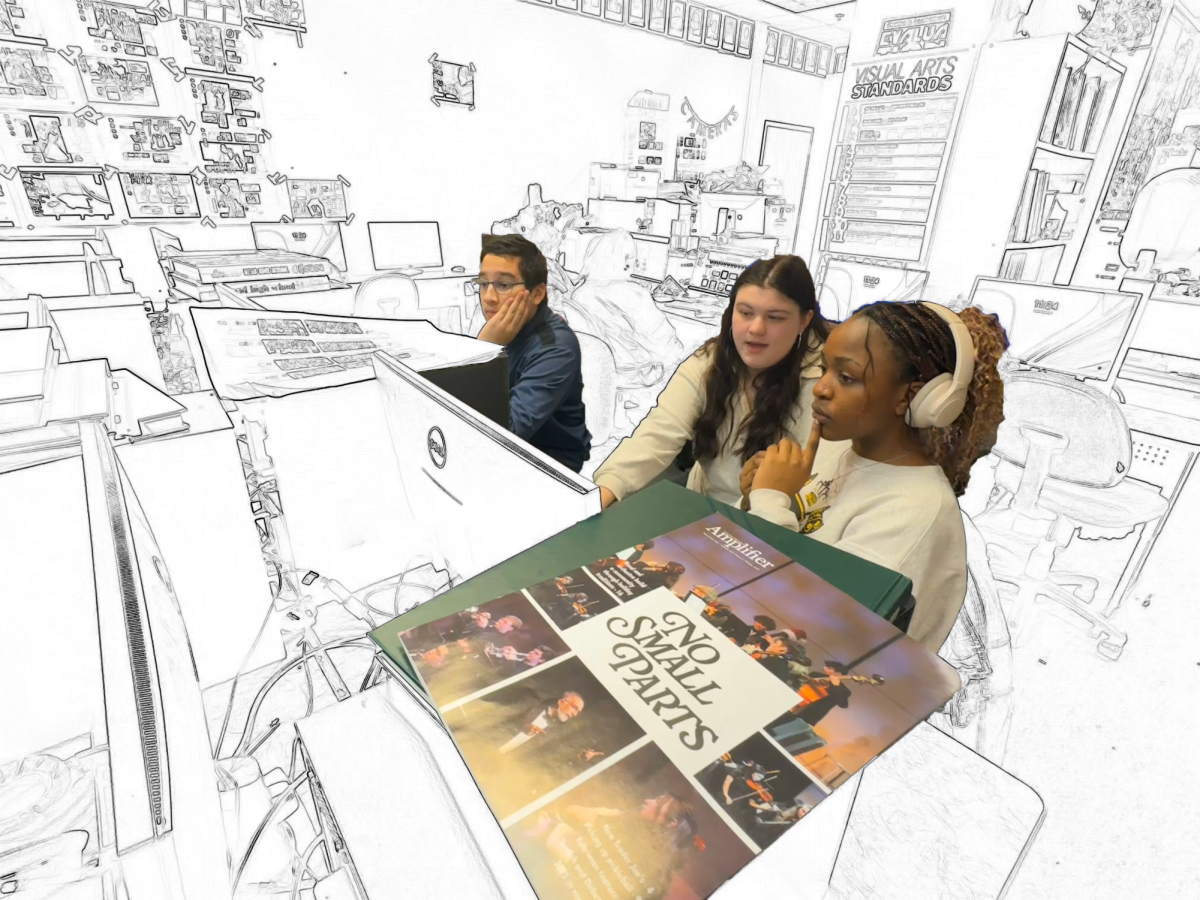


![Reaching out. Christopher Lesh, student at Central Catholic High School, serves ice cream during the event on March 2, 2025, at the Portland waterfront. Central Catholic was just one of the schools that sent student volunteers out to cook, prepare, dish, and serve food. Interact club’s co-president Rachel Gerber, junior, plated the food during the event. “I like how direct the contact is,” Gerber said. “You’re there [and] you’re just doing something good. It’s simple, it’s easy, you can feel good about it.”](https://wlhsnow.com/wp-content/uploads/2025/03/interact-1-edited-1200x744.jpg)

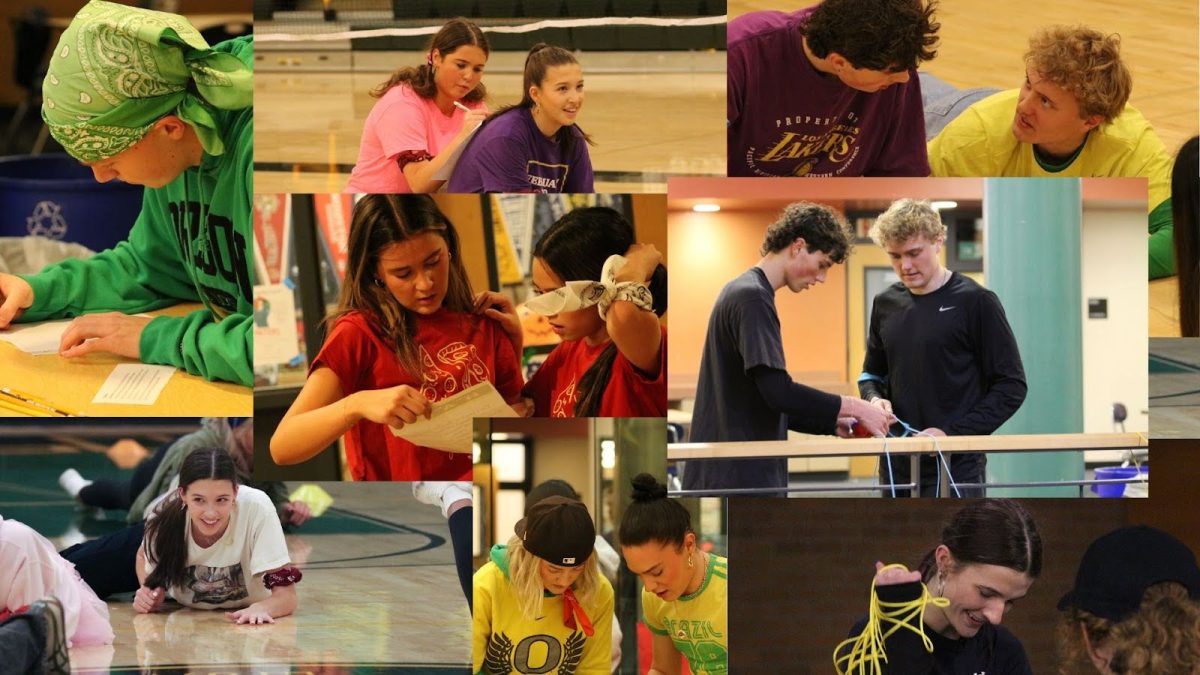







































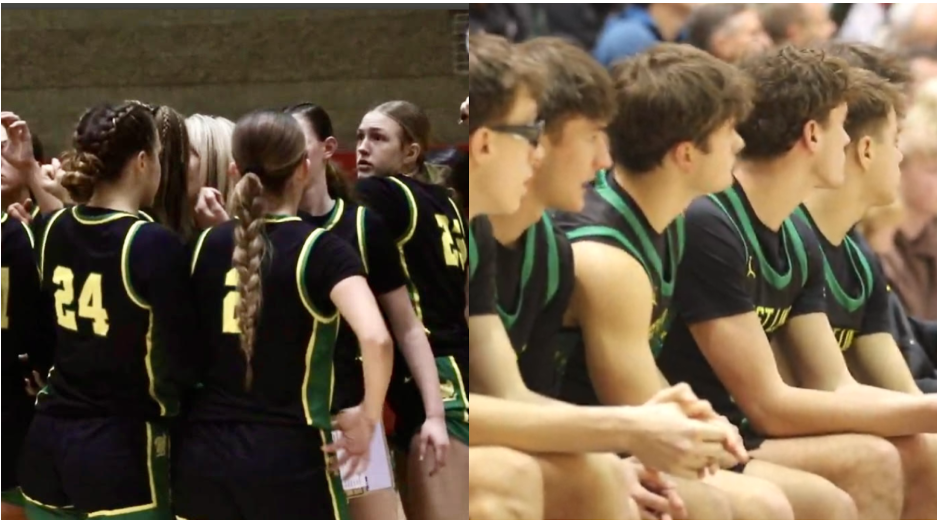


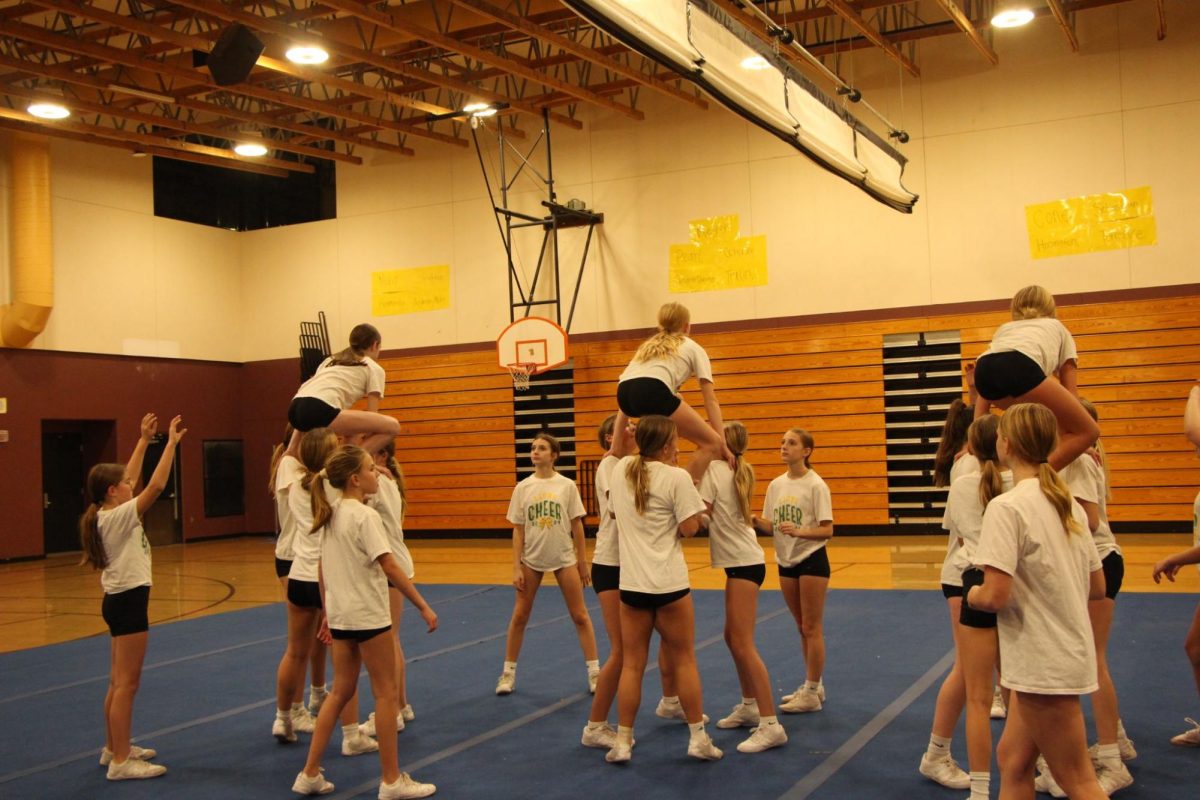








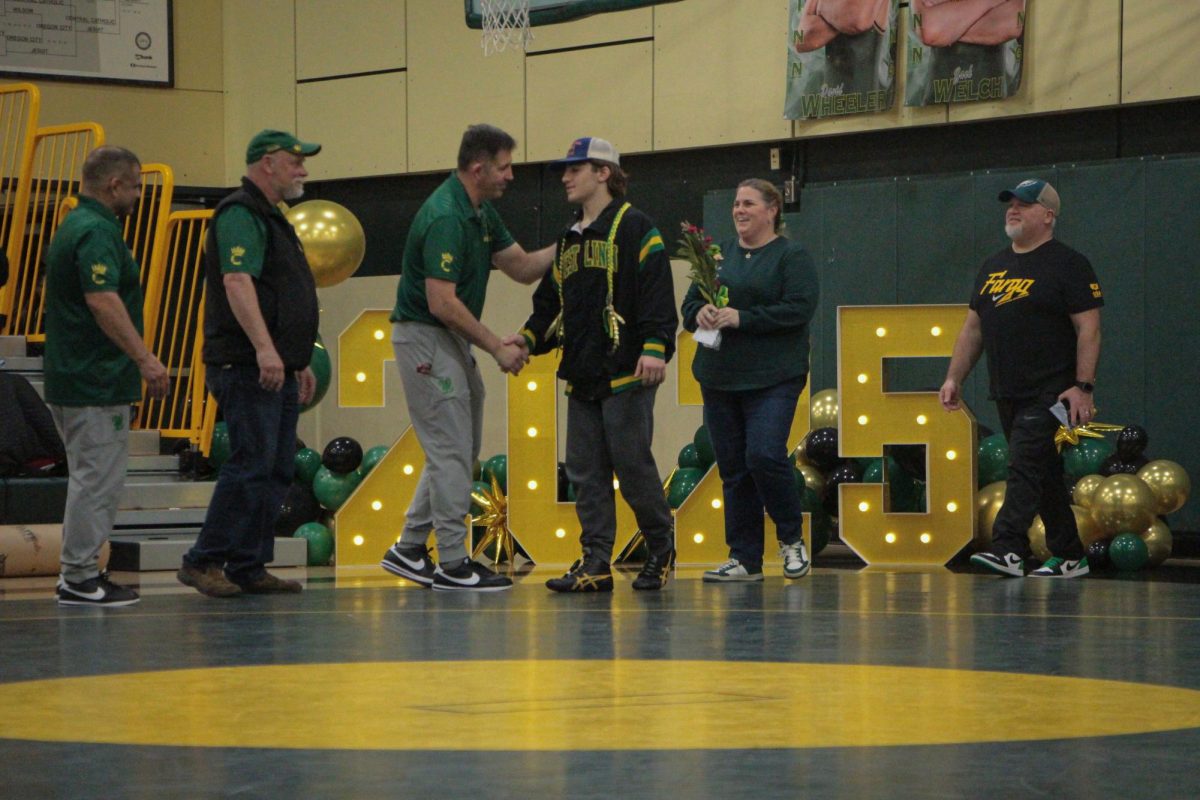



![At the bottom of the third inning, the Lions are still scoreless. Rowe stands at home plate, preparing to bat, while Vandenbrink stands off to the side as the next batter up. Despite having the bases loaded, the team was unable to score any runs. “It’s just the beginning of the season. We’re just going to be playing out best by June, [and] that’s where champions are,” Rowe said.](https://wlhsnow.com/wp-content/uploads/2024/03/IMG_3077-1200x900.jpg)




















































